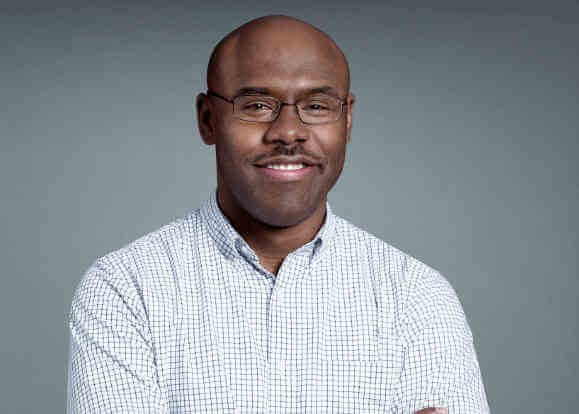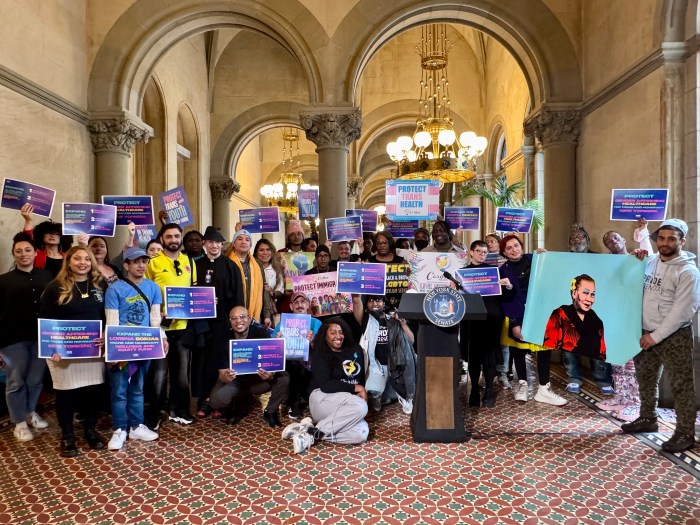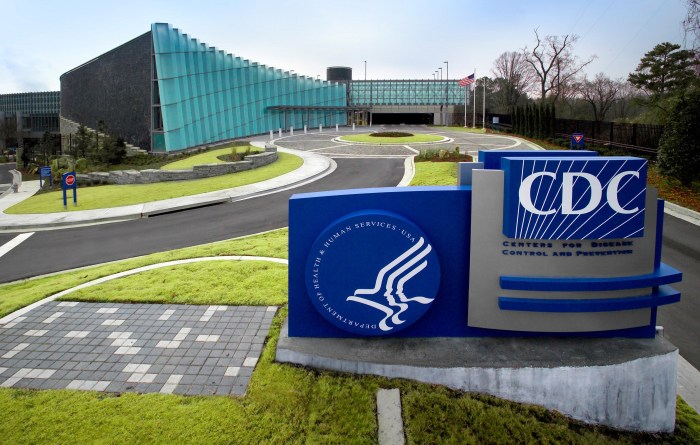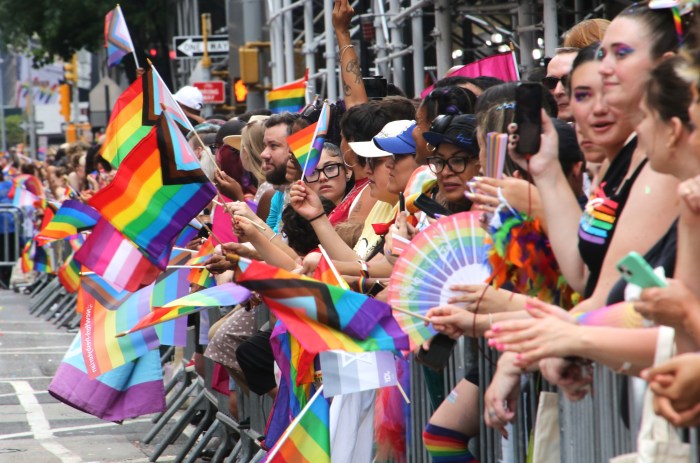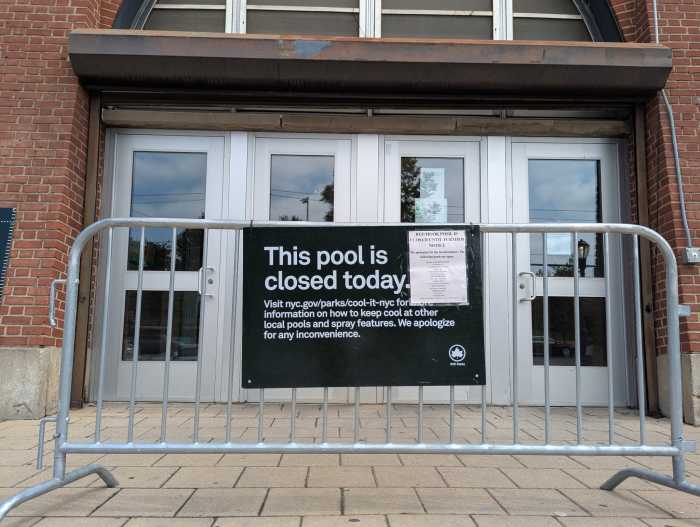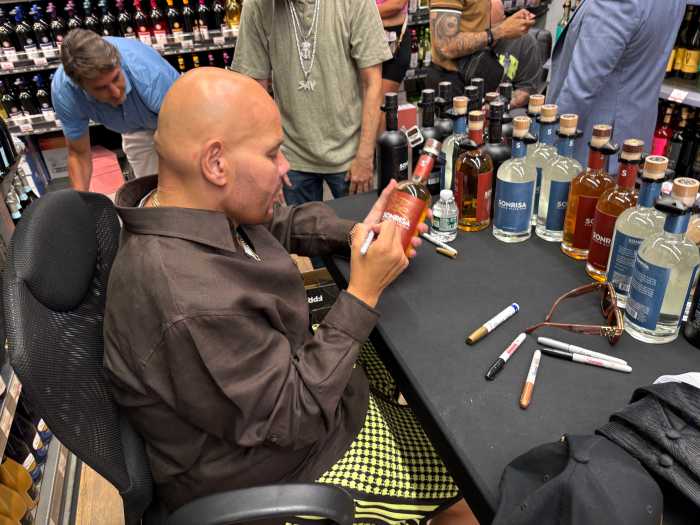Bisexual women and gay men are reporting higher rates of opioid misuse compared to people of other sexual orientations, a new NYU study, published in the American Journal of Preventive Medicine, has revealed.
The study, which surveyed more than 42,000 people of various sexual orientations — but not gender identities — in all 50 states, found that 13.5 percent of bisexual women reported opioid misuse in the last year compared to 6.8 percent of lesbian women.
Meanwhile, 10 percent of gay men misused opioids compared to 8.3 percent of bisexual men.
Straight men and women reported the lowest rates of misuse — particularly straight women: 5.3 percent of straight men and 3.7 percent of straight women said they misused opioids in the last year.
The study suggests that because bisexual women are not exclusively attracted to men or women, they could suffer from what the authors termed “minority stress,” feeling ostracized from both straight and lesbian communities — and so become more apt to resort to coping mechanisms. Bisexual and gay men, along with lesbians, could also be subjected to “minority stress,” the study notes.
Dustin Duncan, an associate professor at NYU’s School of Medicine and the lead author of the study, believes the data should prompt action among health professionals. At the very least, he would like to see educational campaigns geared toward the communities most at risk.
“Clinical providers and social service providers should understand that sexual orientation is a risk factor for opioid misuse,” he said. “There should be public health intervention targeted to bisexual women. If you’re a provider and you know that you have a person who is lesbian, gay, or bisexual, asking them about potential opioid use and drug use overall may be important.”
Duncan noted that the results are in line with other studies showing similar trends among sexual minorities.
“My strong sense of the literature and the work I’ve done is that this is a consistent finding,” he said. “When we look at the literature overall, it shows bisexual women and men typically have elevated risks of poor health.”
The study did not take transgender people into consideration, but it noted that future research should examine differences between gender minorities due to research showing that transgender and gender non-conforming people have higher rates of substance abuse.
Further studies are forthcoming to explore the differences found in the study, Duncan said.

